Wilson Alwyn Bentley (1865–1931) was an American farmer known for his photography, but not of the usual subjects. Instead, he was the first person to take detailed photographs of snowflakes and record their features. He thus became known as “Snowflake Bentley.”
Bentley perfected a process of catching flakes on black velvet in such a way that their images could be captured before they either melted or sublimated, and he was the first to present the theory that no two snowflakes are alike.
He captured more than 5,000 images in his lifetime, developing techniques and modifying or building equipment to allow him to capture the fine details of an individual snowflake before it melted. The techniques he developed are essentially the same as those used today.
Bentley also worked with rain, dew, and frost. An exhibit at the Old Red Mill in Jericho (his hometown) shows many examples of his work, along with his original camera and microscope. You can watch a video about Bentley on the Jericho Historical Society’s website, here.
The cover photo for this post is another example of Bentley’s work.
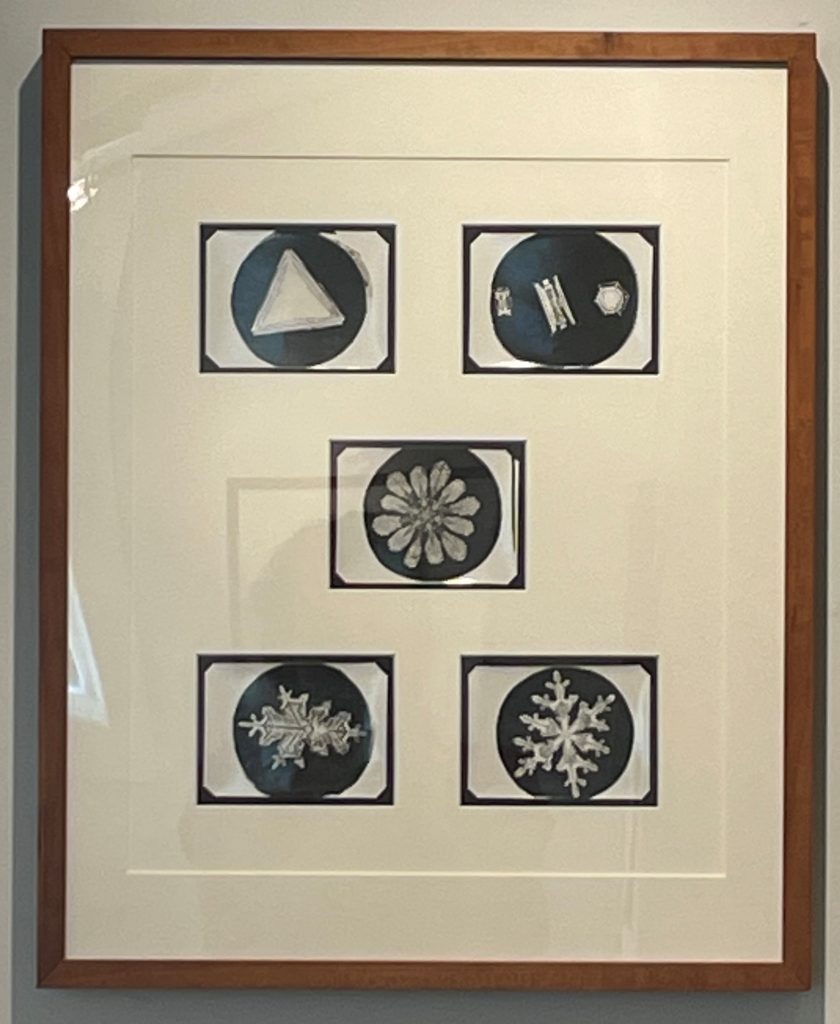

Robert Frost lived at a stone house (built in 1769) in Shaftsbury, Vt., from 1920-1929. While the house is sparsely populated and there’s not much to see, it is here that he wrote his famous poem “Stopping by Woods on a Snowy Evening” at the dining room table. You may not recognize the title, but the poem itself is probably familiar to you, especially the last line.
Frost, born in 1874, lived many years beyond his time here, not passing away until 1963; yet he chose to be buried at a nearby church in Old Bennington with his family.
We walked the grounds, but it was an overall quick visit, without a sense of Frost’s presence. We had previously visited a Frost farm in New Hampshire, which was much more alive with the poet and his family.
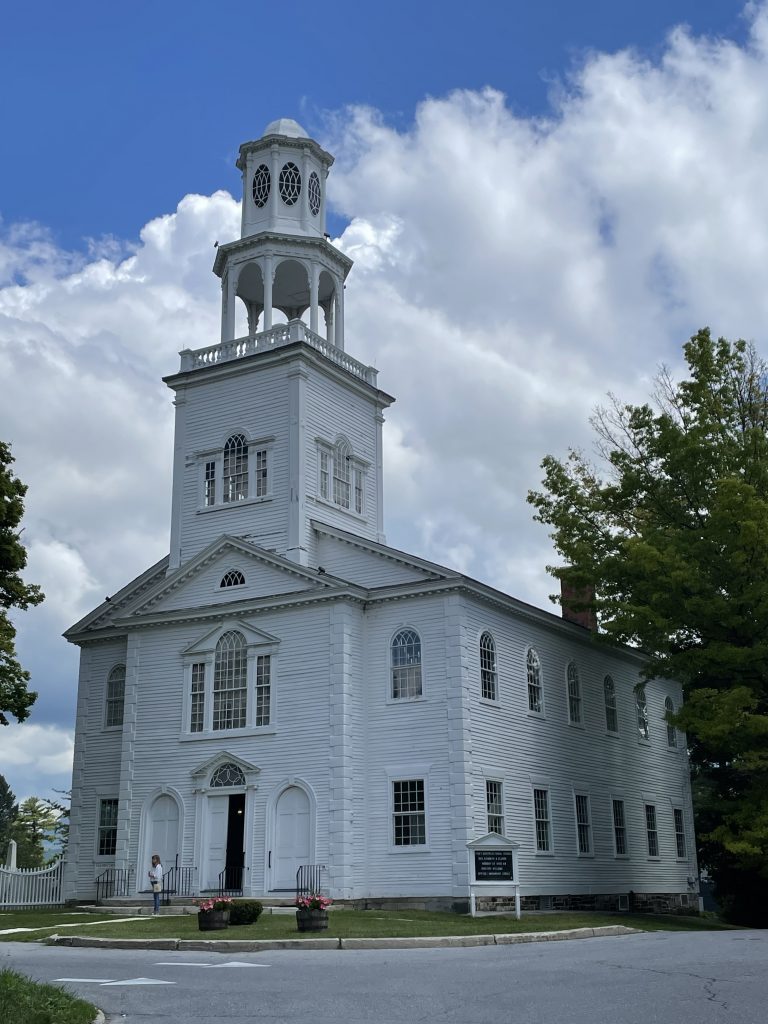
The Bennington Battle Monument is a 306-foot-tall stone obelisk erected in 1891 to commemorate the Battle of Bennington (which was actually fought nearby in New York State, not in Bennington, Vt.) during the American Revolutionary War. The battle, in August 1777, resulted in Brigadier General John Stark and his American forces defeating British General John Burgoyne’s invading army. This defeat meant Burgoyne’s army could not get desperately needed supplies they were hoping to capture in Bennington. The ripple effect of this failure led to the British Army’s defeat at the Battles of Saratoga just two months later, a major turning point in the war (you can read about that here).
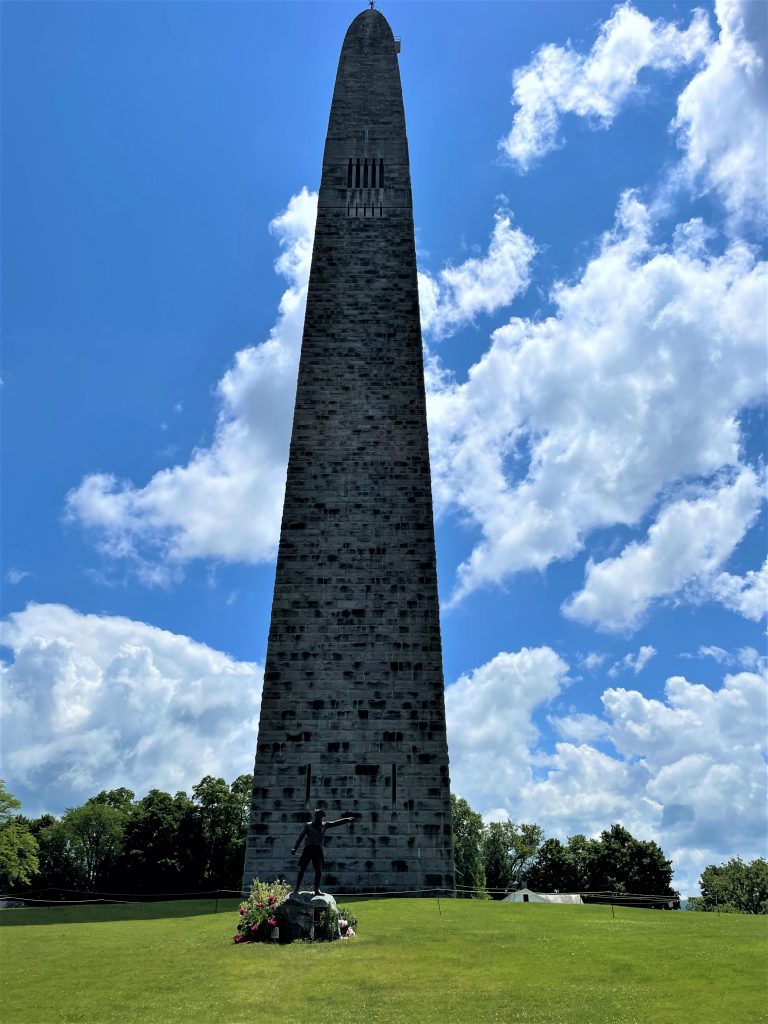
The Vermont Teddy Bear Company in Shelburne, Vt., is one of the largest producers of teddy bears in the world, annually producing almost 500,000. The company was founded in 1981 by John Sortino, who started by making a “Bearcho” (after Groucho Marx) for his young son. Realizing others might like them, too, he made a bunch more, and sold them in a day. Before you know it, the “Bear-Gram” has bears being shipped all over the world.
The short factory tour shows how each bear is handcrafted. The stuffing is made from recycled plastic bottles! We got to see a number of their limited release bears (which sell for upwards of $400!), past bears, and bears currently being worked on for future release. If you’re so inclined, you can participate in assembling a bear for purchase. Thanks to limited space in the van, we managed to walk out purchase-free.

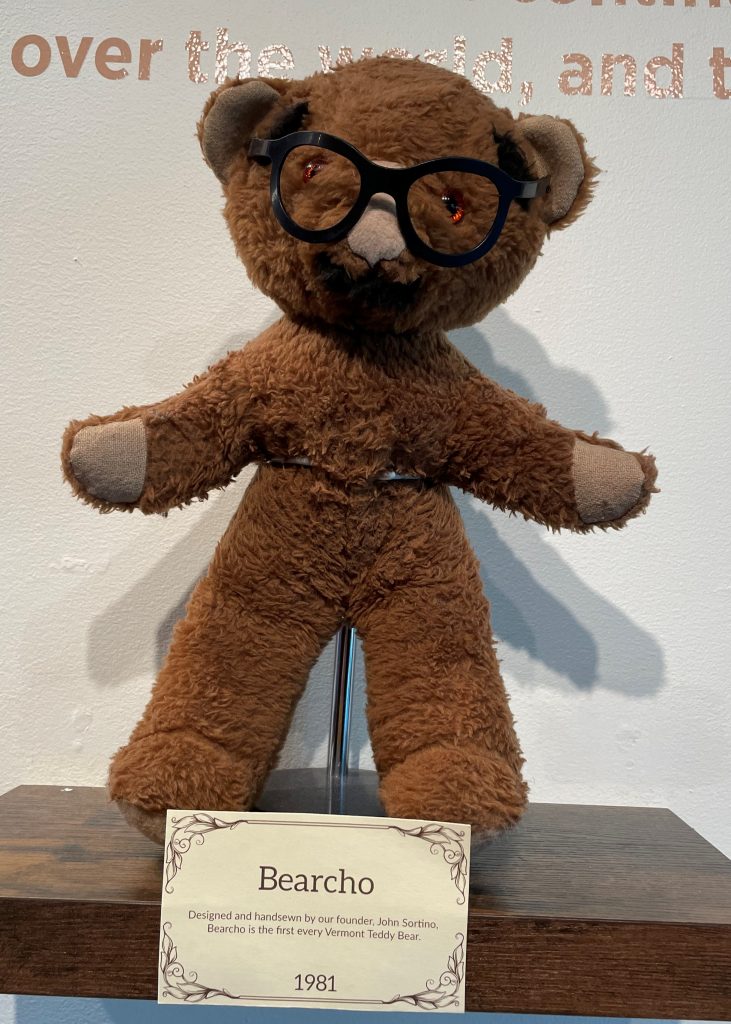
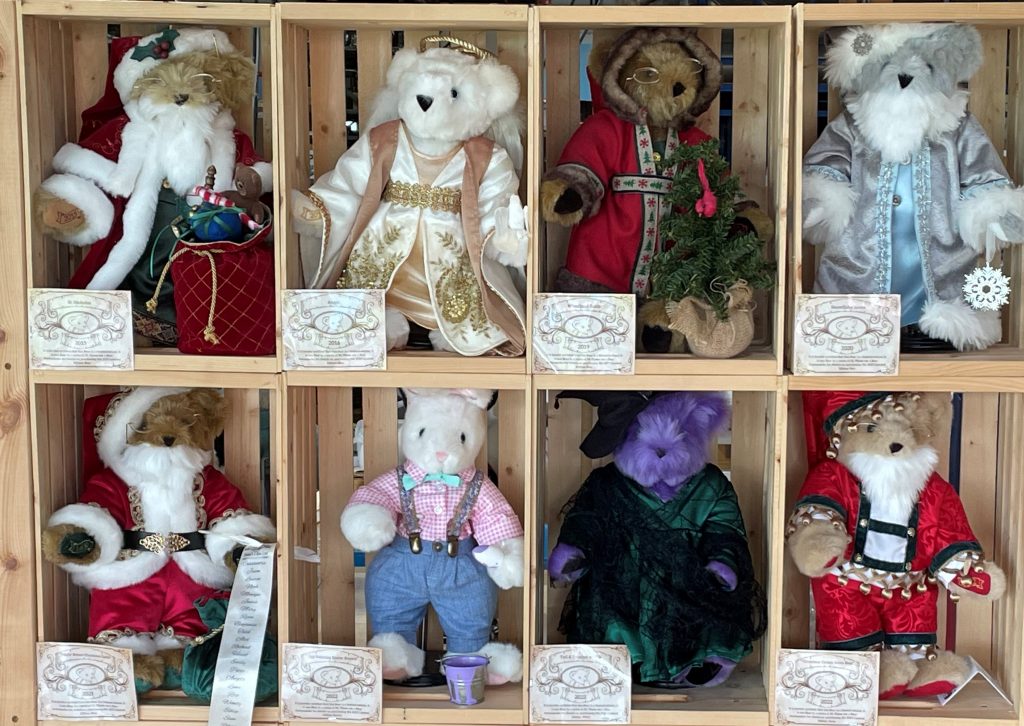
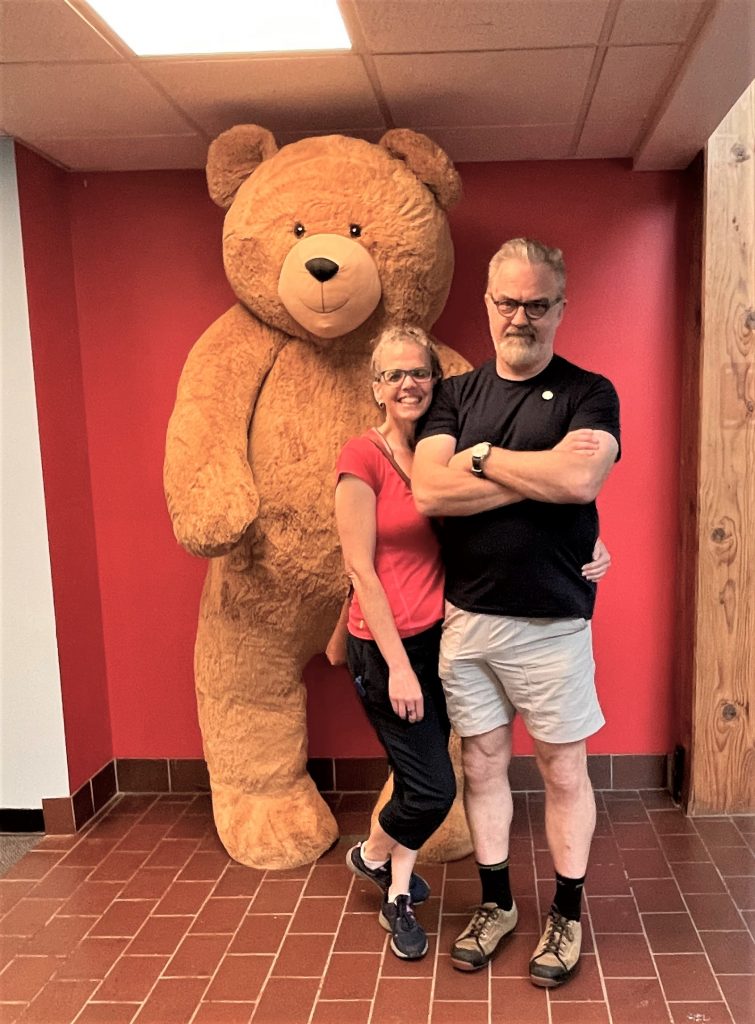
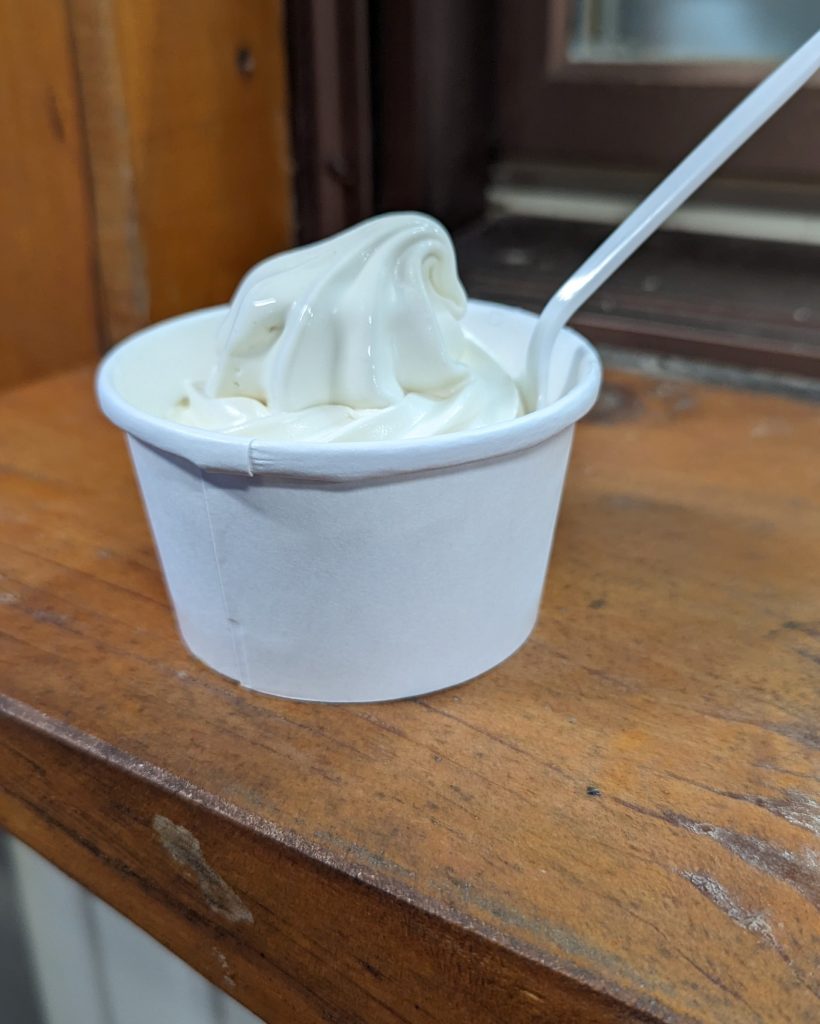
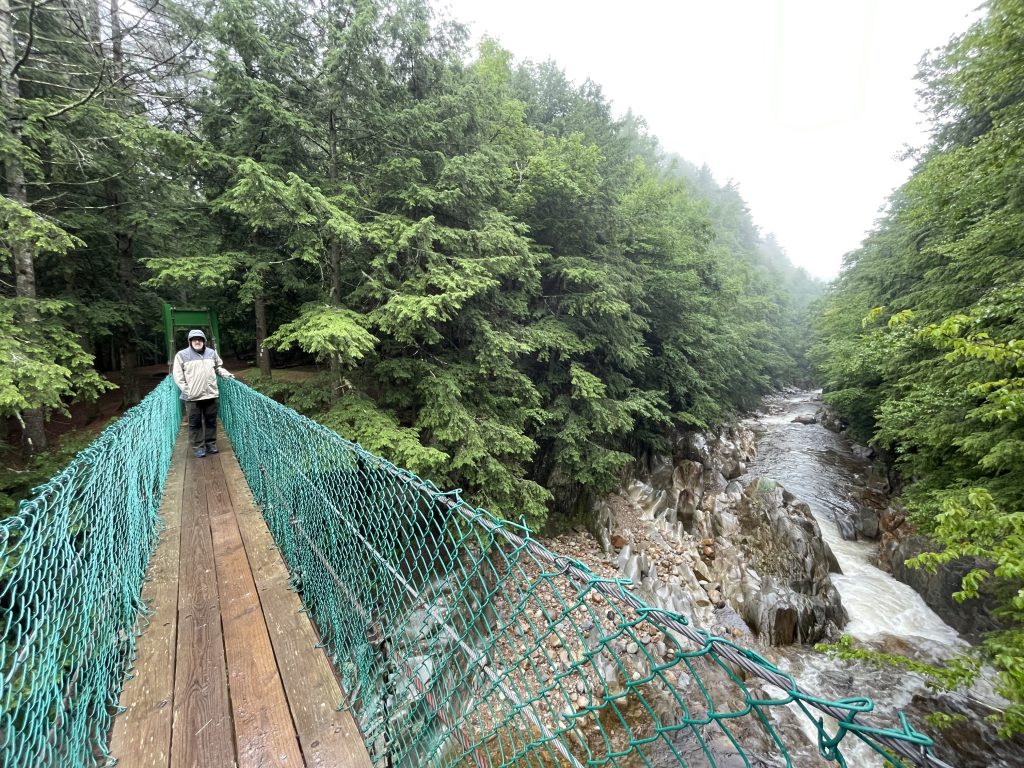
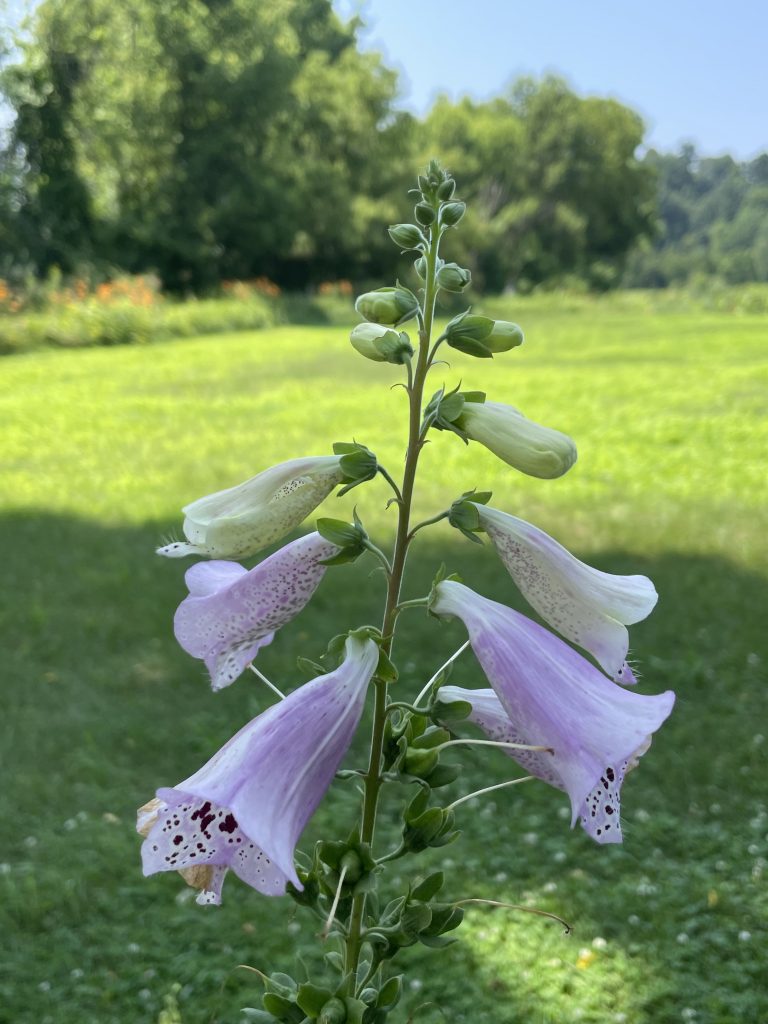
The Ethan Allen Homestead in Colchester was easily one of our least favorite visits of our travels. The restored home is original to 1787 but is sparsely furnished and has nothing related to Allen in it; the only two facts you learn about Allen are that he was married and he lived the last two years of his life here. We paid $15 a person for that.
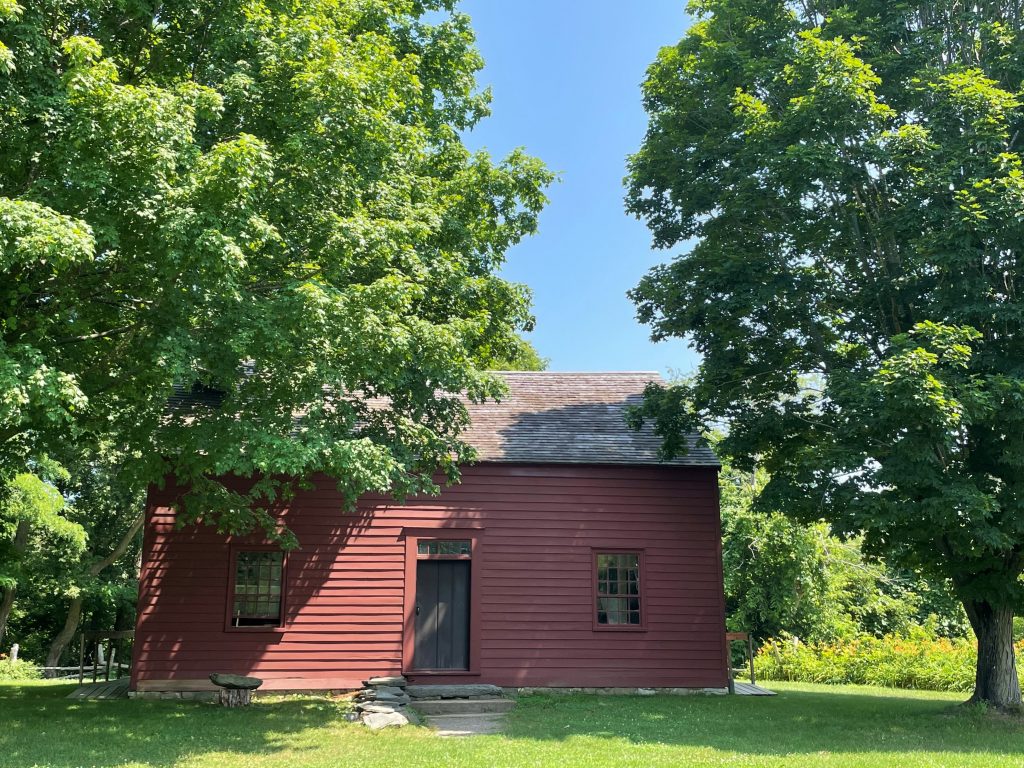
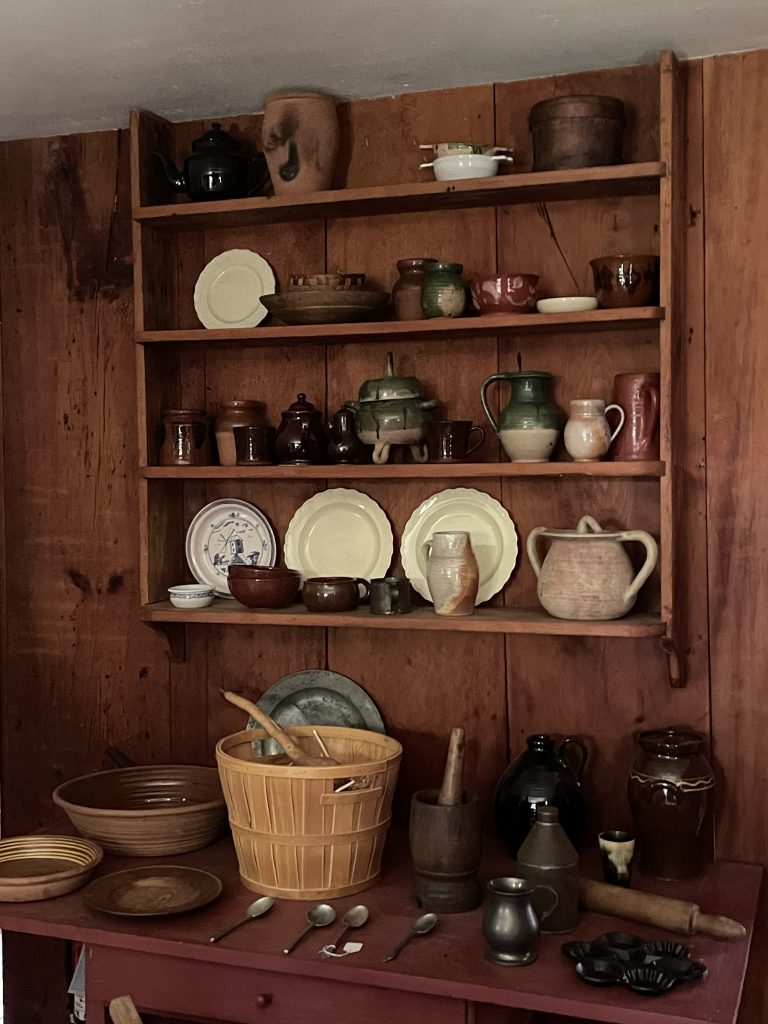
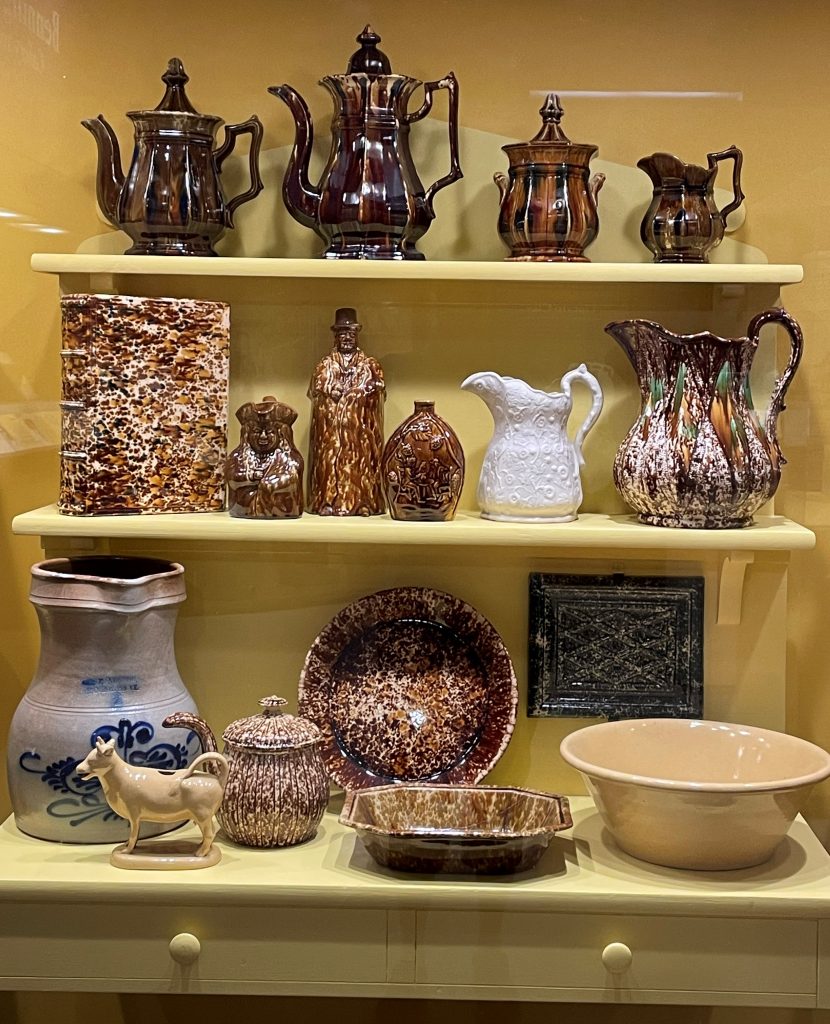
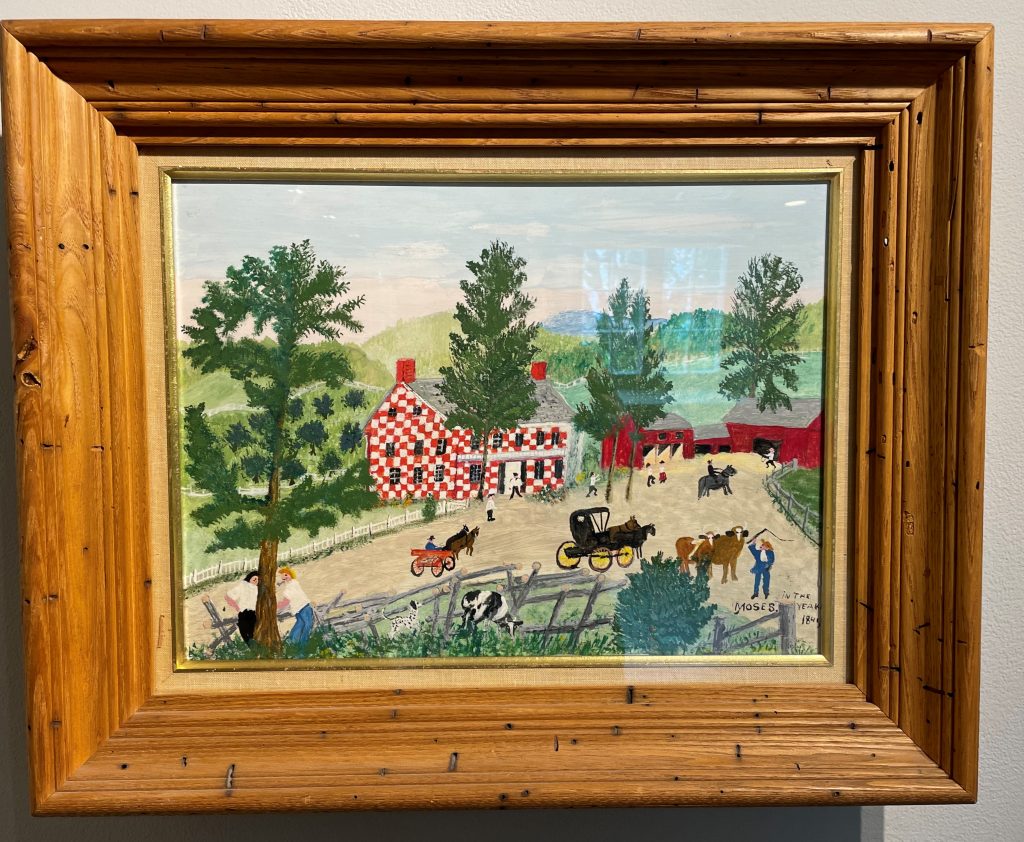
We went to the Bennington Museum primarily to see the Grandma Moses exhibit, which is the largest public collection in the world of her works. Anna Mary Robertson “Grandma” Moses (1860-1961) didn’t begin painting in earnest until she was 78; she went on to become a prominent folk artist. We both enjoyed her work much more than we thought we would (and stopped to see her great-grandson’s gallery on our way to Saratoga Springs).
It turn out that the Morgan Horse Farm in Weybridge, Vt., is not named after a Mr. Morgan, but after a breed of horse! The Morgan horse is one of the earliest breeds of horses developed in the United States, named after the owner (Justin Morgan) of the sire horse Figure. The line dates back all the way to the 1790s and is still carefully managed today.
The horse is compact, powerful, and agreeable to almost anything you want to do – walk, race, work, sleep. They are known for their good disposition and intelligence.
A Morgan horse is generally 14.1 to 15.2 hands (a “hand” is 4 inches); by comparison, anything under 14.2 is considered a pony, and thoroughbreds average 16 hands. The farm was established in 1907 as an official breeding site, and is now run by the University of Vermont. The Morgan horse is also Vermont’s official state animal.
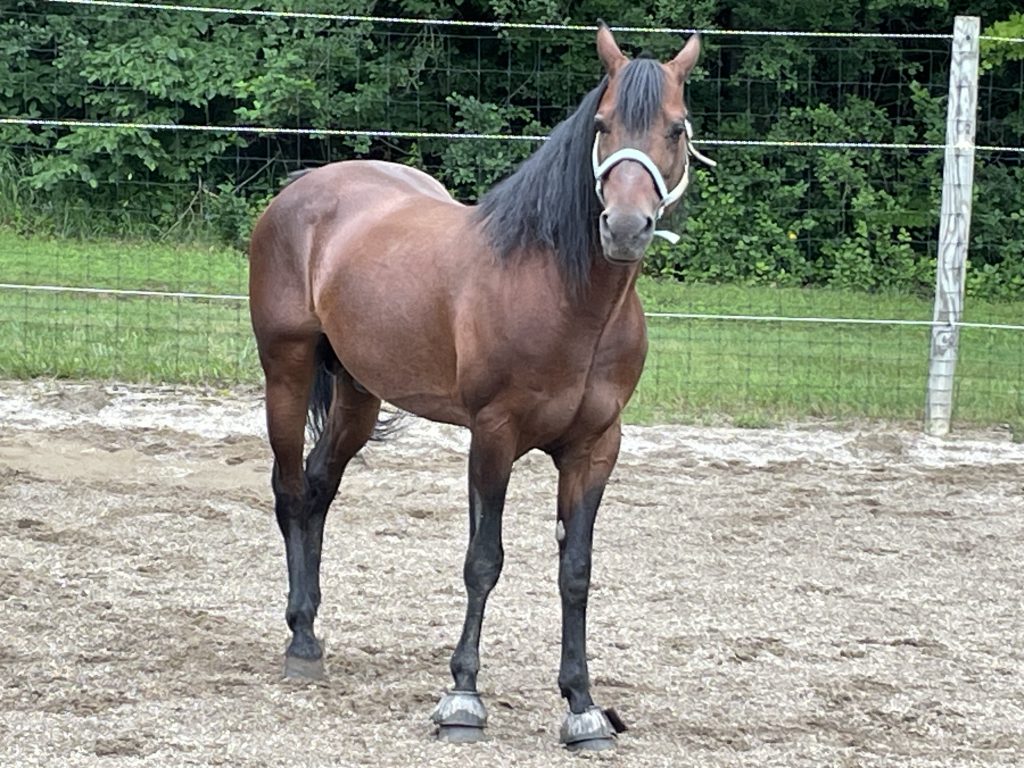
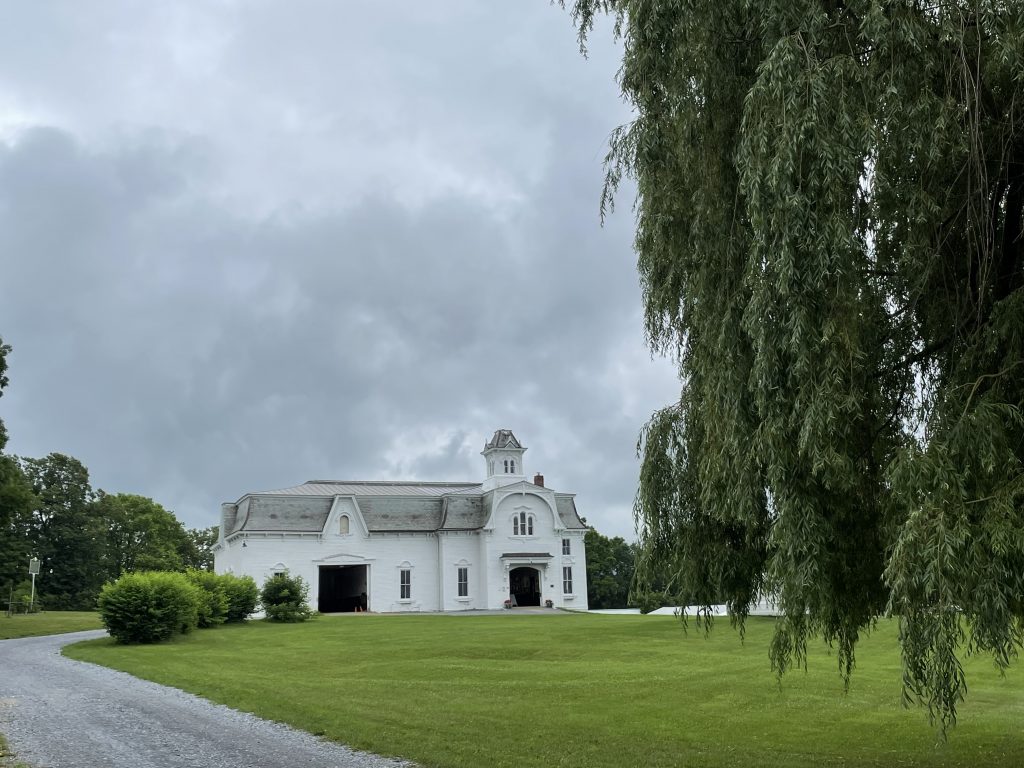
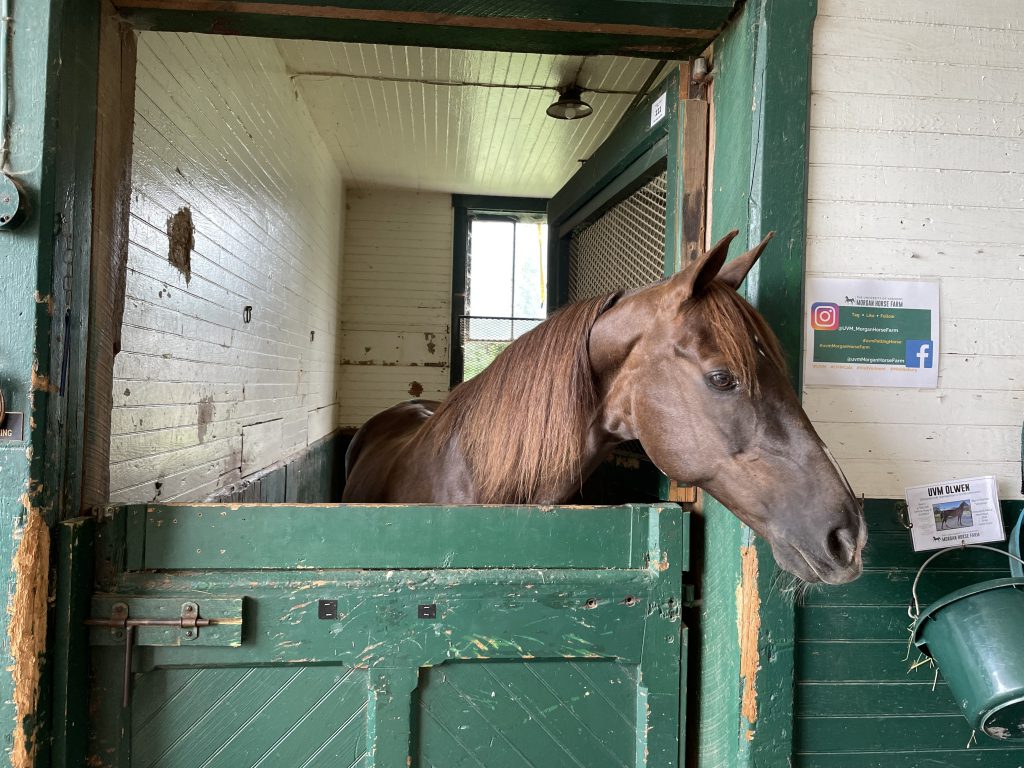
The Southern Vermont Arts Center (SVAC) in Manchester, Vt., is a multi-disciplinary arts organization with permanent and rotating exhibits, a small sculpture park, performance space, and educational facilities. They have a robust calendar of events.
Although the house and grounds have a long history of hosting artistic events going back to 1922, the SVAC wasn’t created until 1952.
Many of the sculptures on the grounds come from artists associated with Salem Art Works.
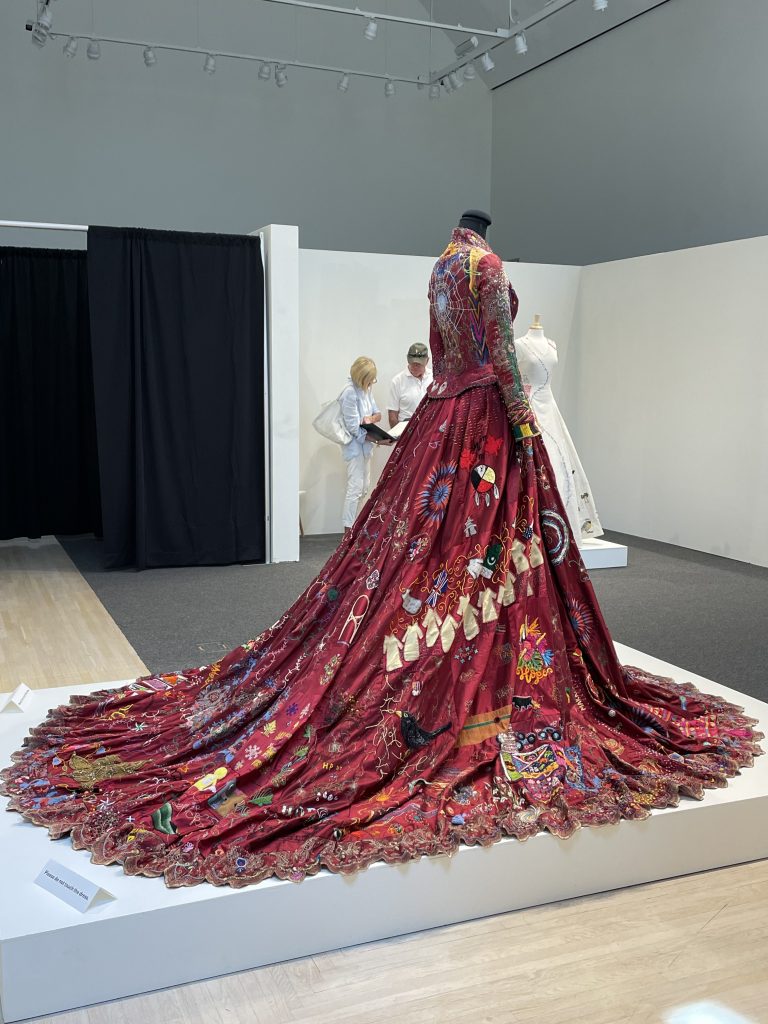
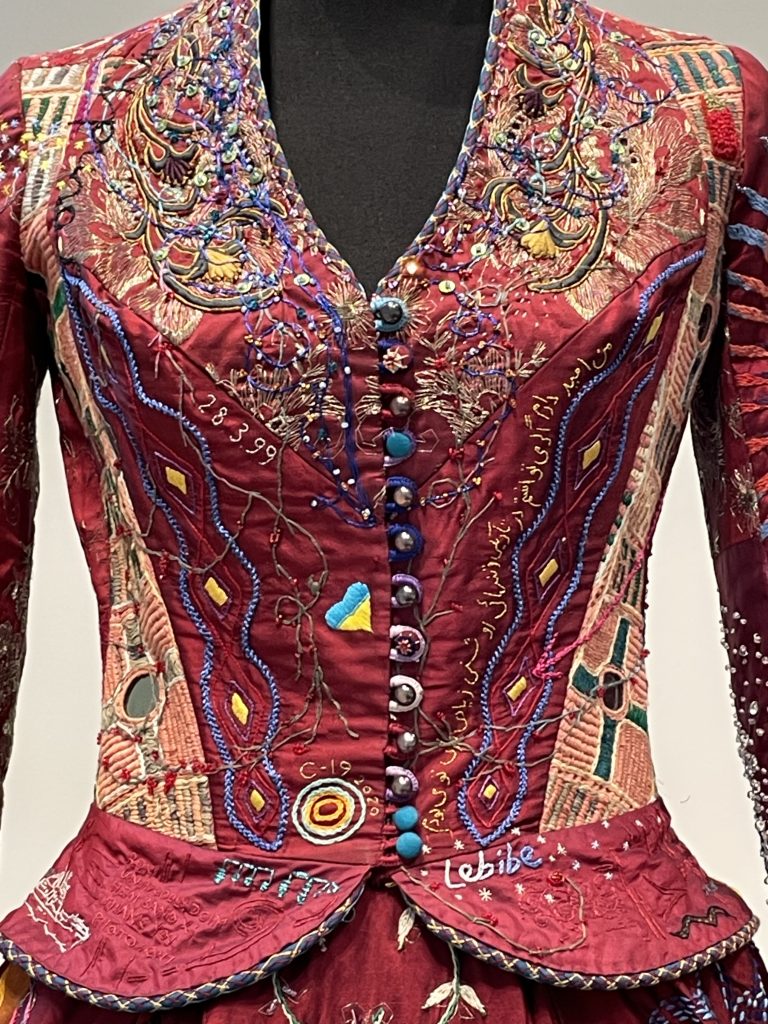
The Red Dress by Kristie MacCloud, who sketched the dress, but then had 380 women from 51 countries make the various pieces, which were then stitched together to make the whole. The entire project took 14 years, and the overall effect was quite beautiful.

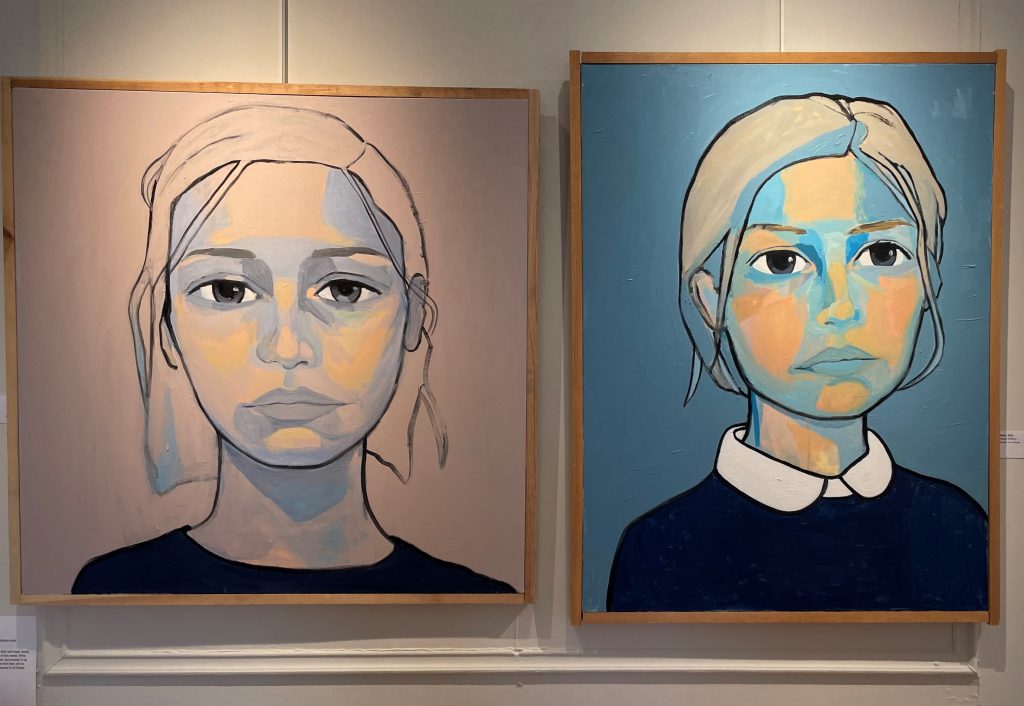
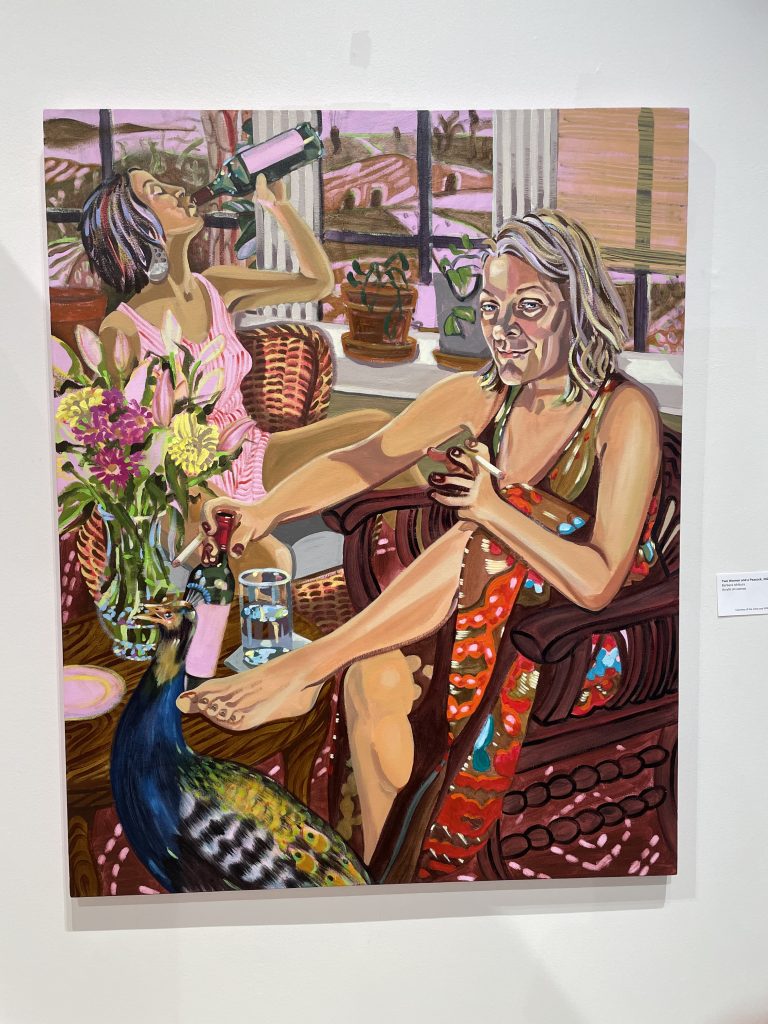
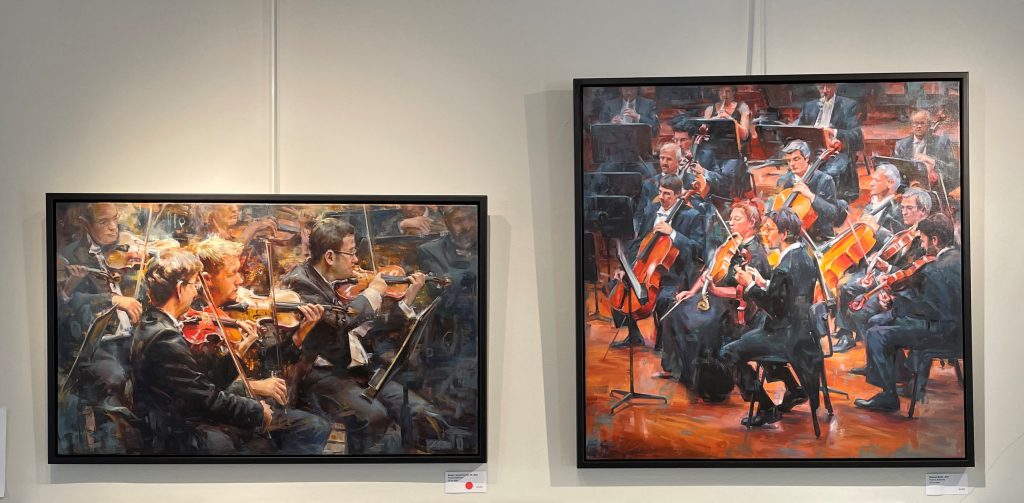

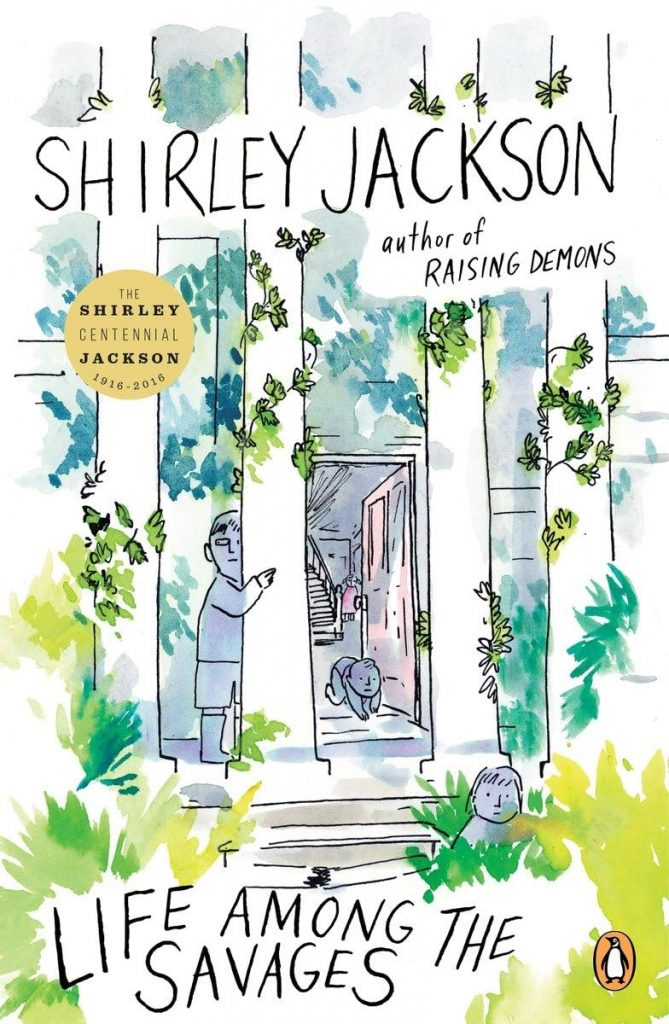
While driving around Vermont, we listened to Life Among the Savages by Shirley Jackson. Jackson (1916-1965) was a famed American horror and mystery writer, known for her works such as The Lottery, The Haunting of Hill House, and We Have Always Lived in the Castle.
However, this book is a “witty and warm memoir of her family’s life in rural Vermont”, according the the Amazon description. I feel like I was led astray. I found it neither witty nor warm, and I couldn’t wait for it to be over.
When it was finally over, I exclaimed that it was one of the worst books I had read in a long time, only to learn that Doug had previously read it and and enjoyed it enough not to mind sitting through it again.








One thought on “Scenes from Western Vermont”